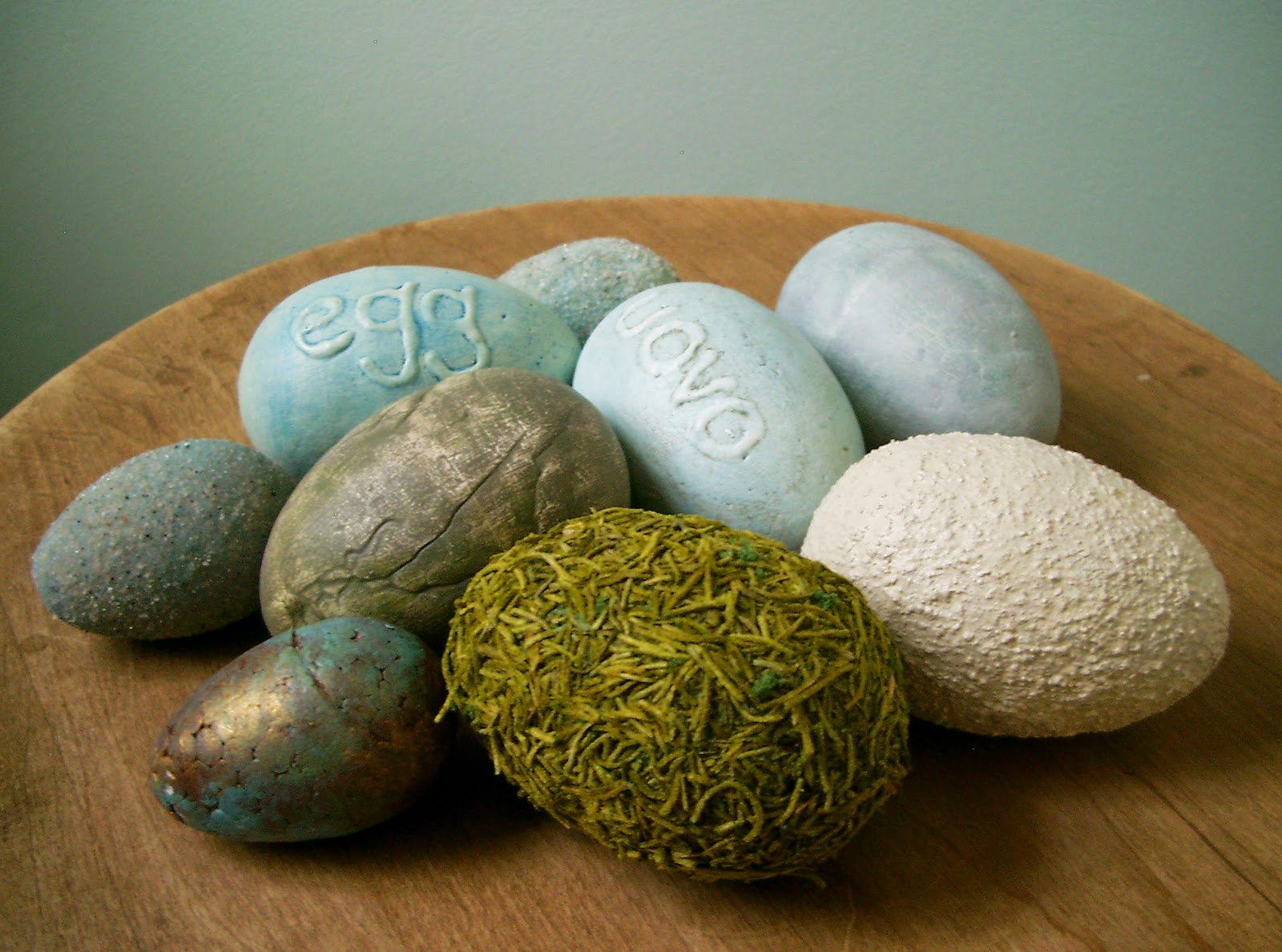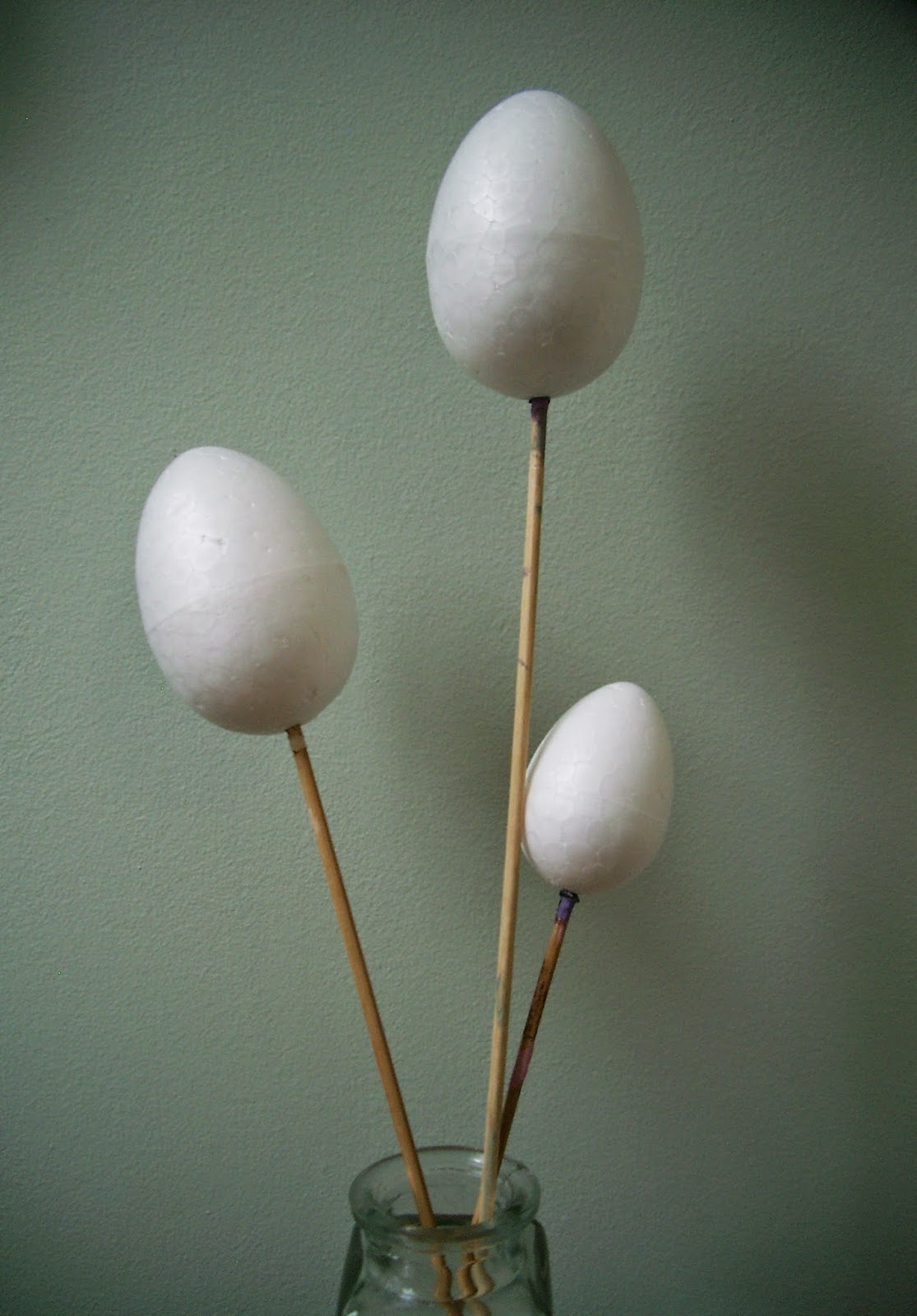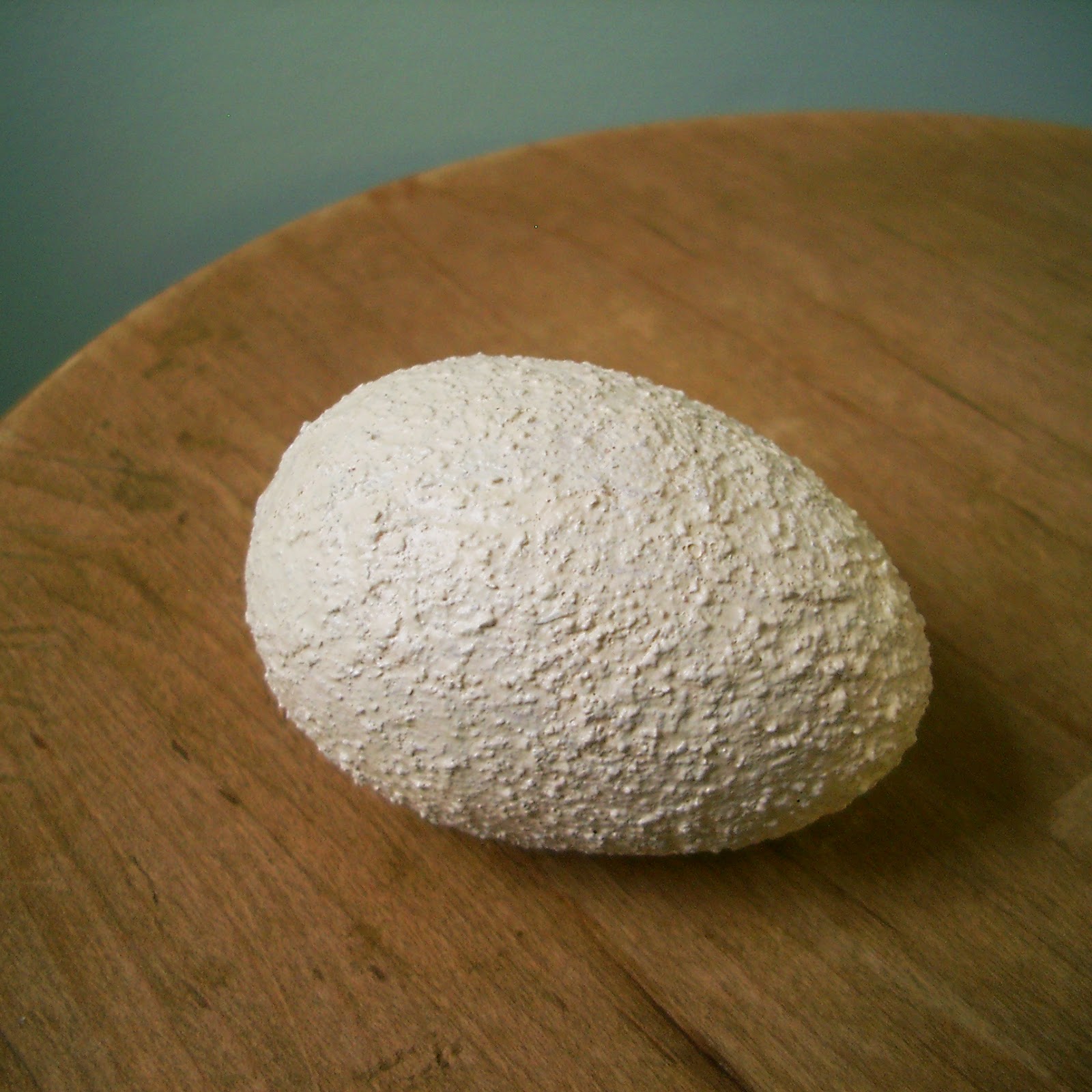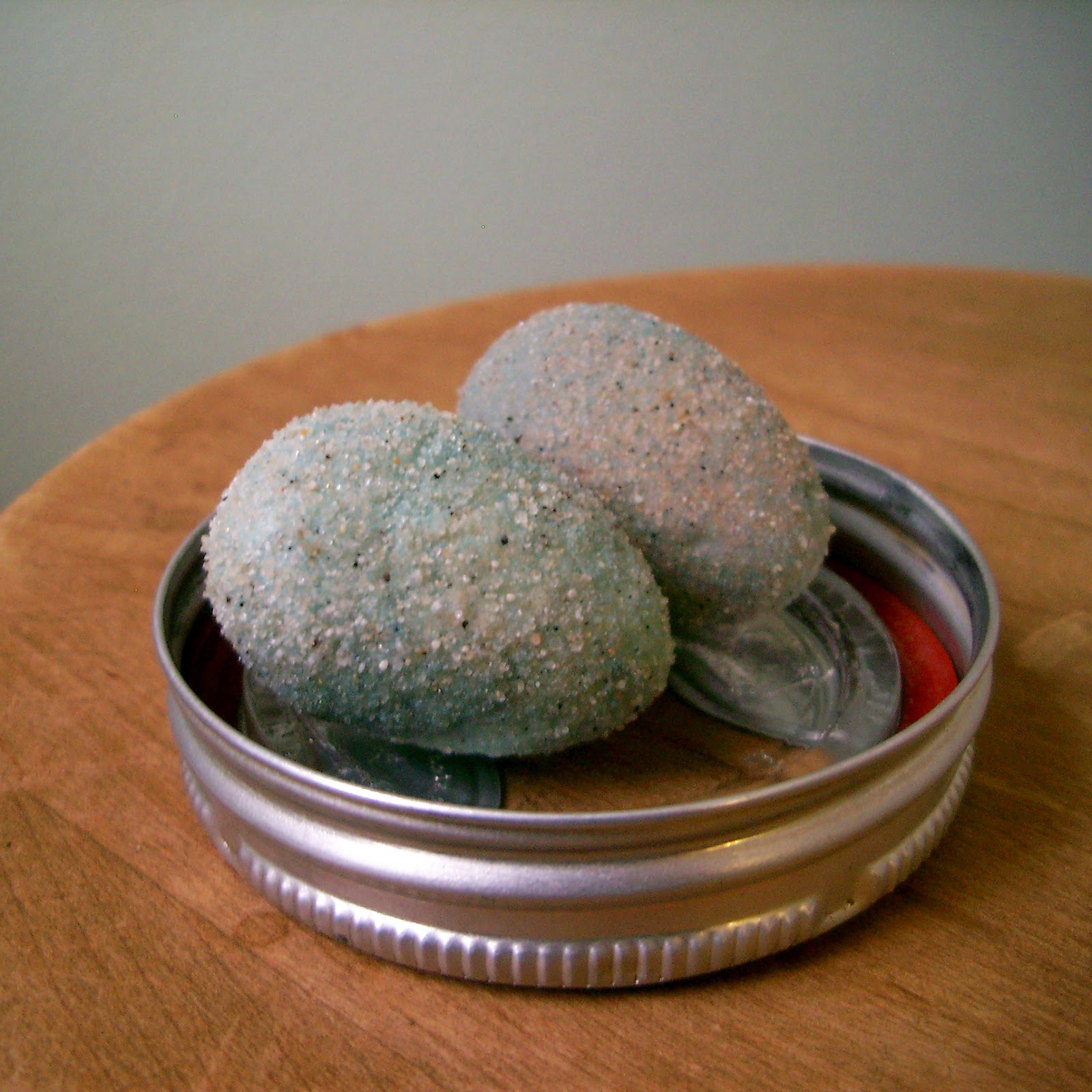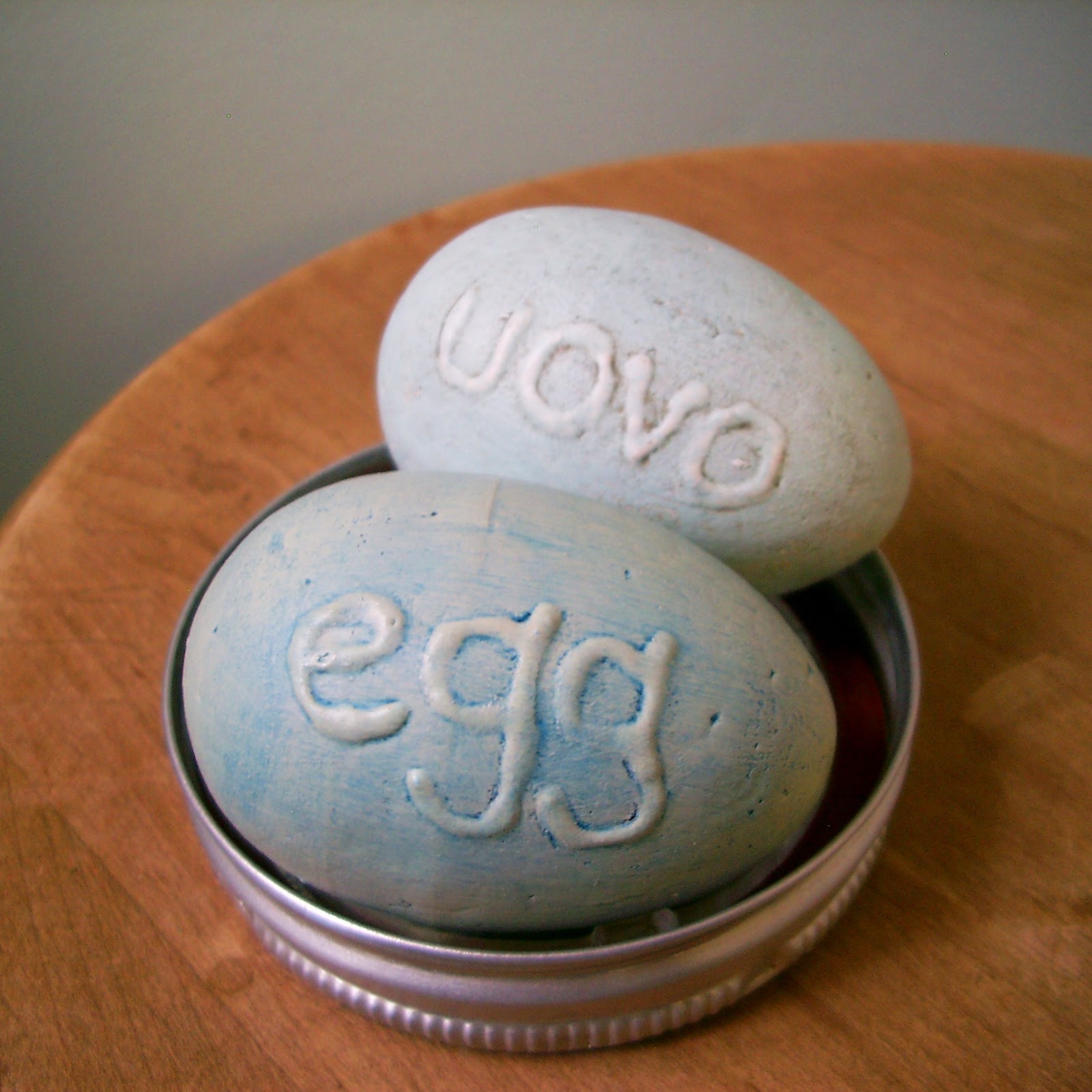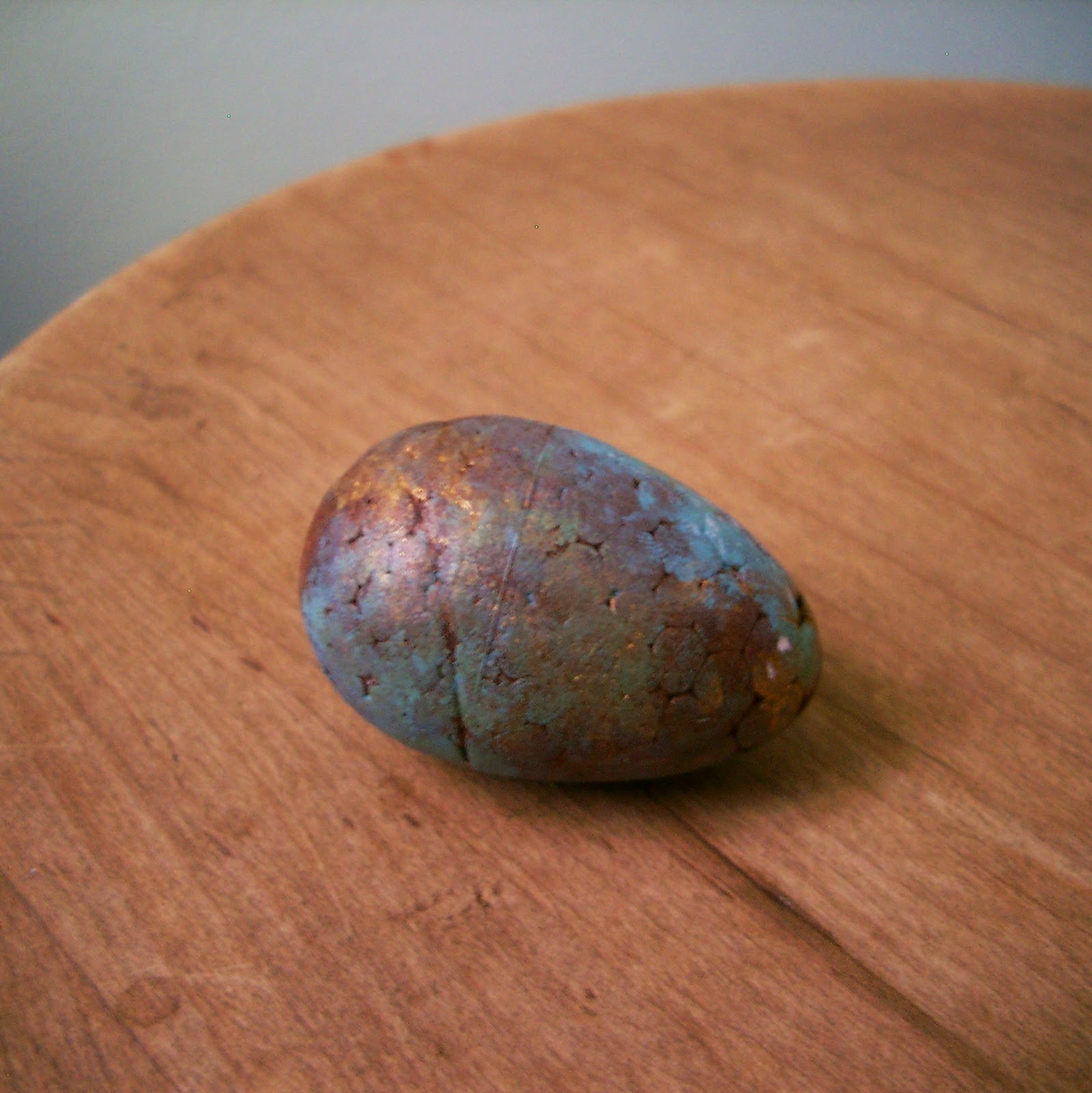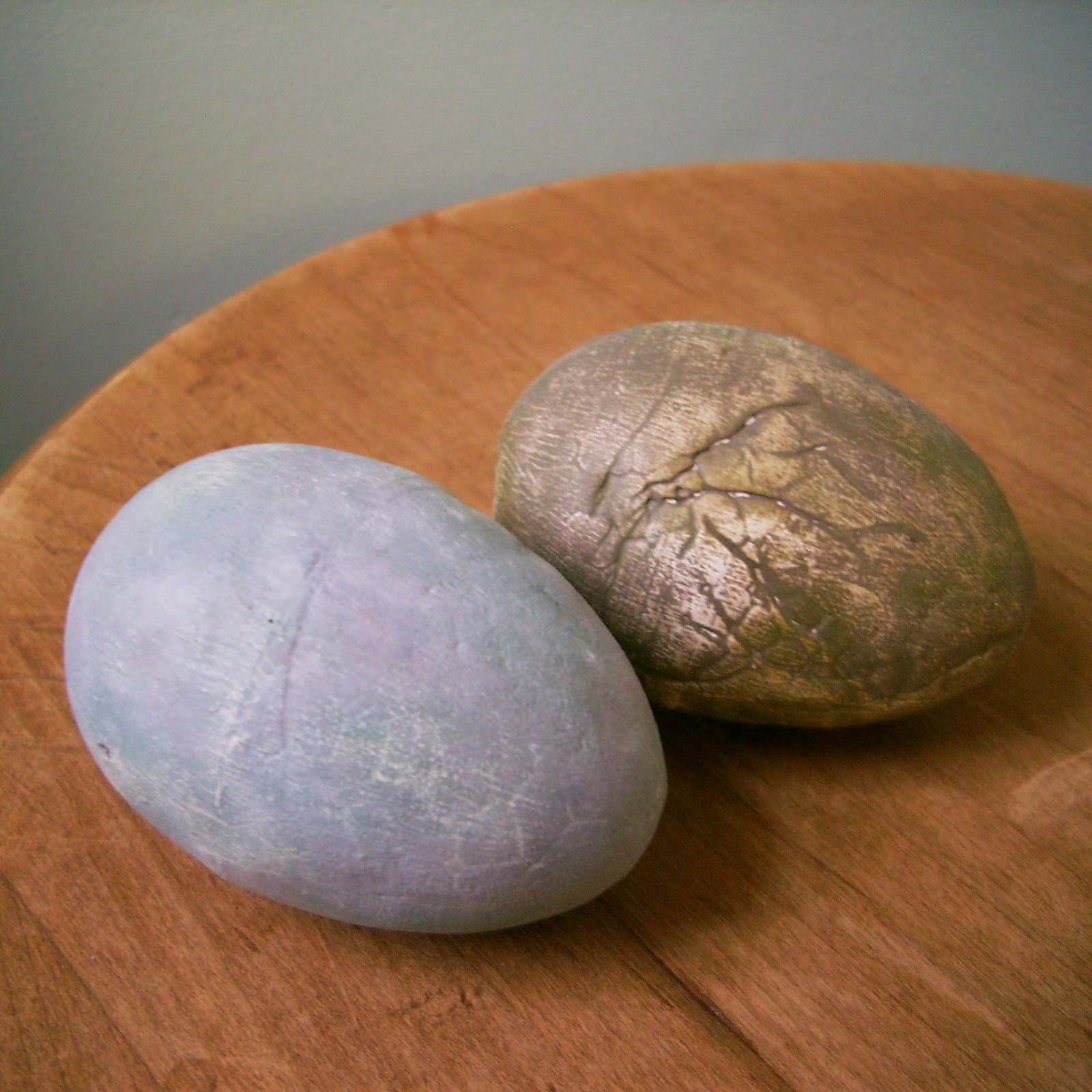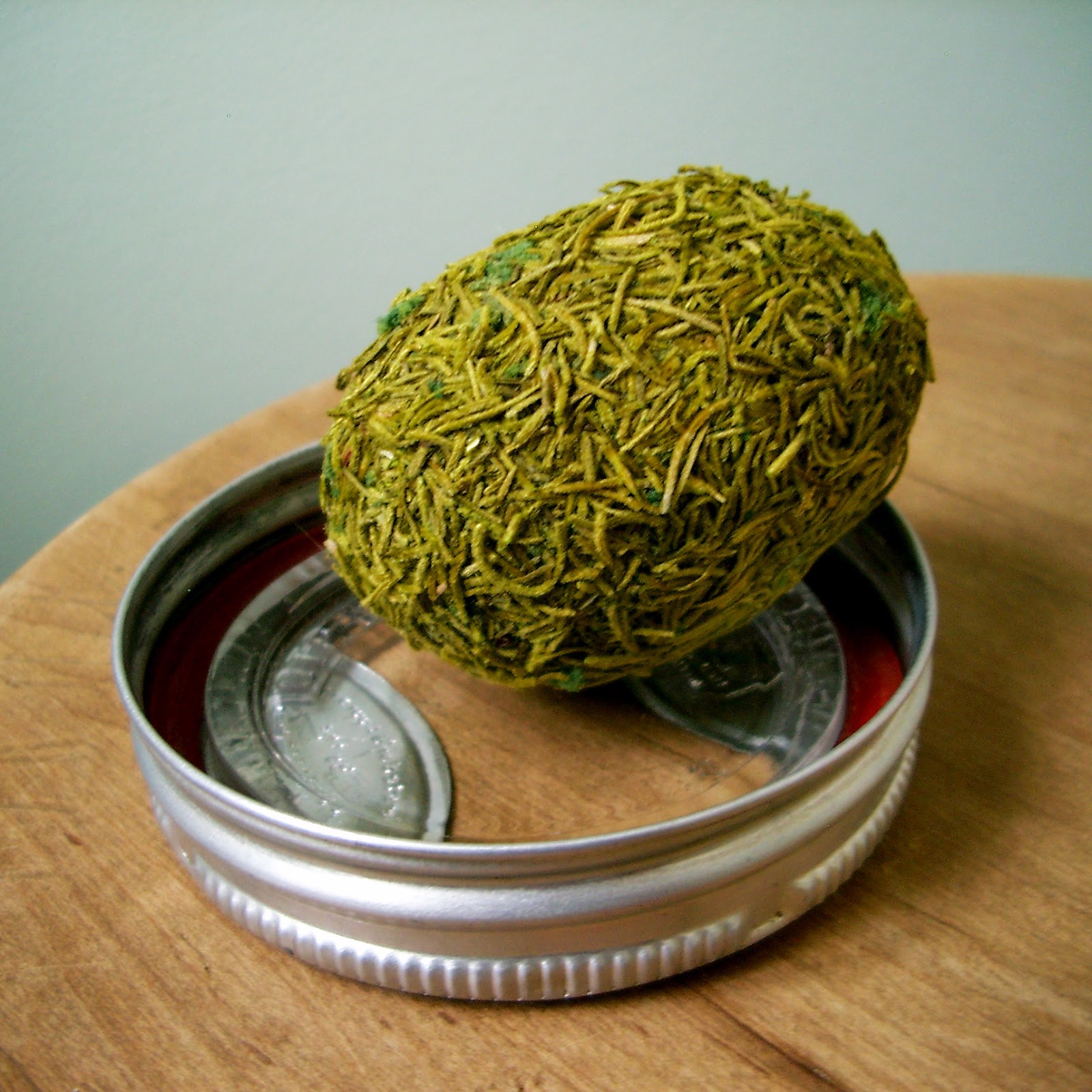MY FAILED EGG HUNT
Do you ever have an item pictured in your mind, then set out to purchase it, only to find that it doesn’t seem to exist, or is simply not available? My sister and I have occasionally mused about this subject, be it about a piece of furniture, clothing, the go-with-everything basic and non complicated handbag…… What ever it may be, it’s frustrating when you search the internet beyond exhaustion or comb every local store, and what you’re looking for just isn’t there.
Well, that’s how I felt about some decorative props I had in mind for a client. I recall, and I know I didn’t dream it, that the big box-type stores sold jumbo plastic lawn eggs. I’ve seen them before, I’m certain. They’re the tackiest things going on at this time of year, and are in the same family as plastic flamingos and garden gnomes. No, my client does not like such things; however I was planning on using them as forms for making giant concrete eggs. My client would most certainly love that….. and so would I.
The other vision in my head happened to be colossal-sized dimensional wire eggs, perhaps topiary forms? An internet search including the most logical key words provided no such luck.
Now what?
I’ve since drawn up another idea for my client. However, for myself, I’ve taken matters into my own hands…. literally.
 |
| ©Linda Nelson 2017 |
I picked up a 7″ plastic goodie egg and a package of traditional “egg hunting” eggs from the local dollar store and used them as molds for my concrete “recipe”. I’m pleased with the way they turned out; however, the seams from the plastic eggs clearly showed up on the surface of the concrete. I buffed the seam lines out as best as I could.
For the wire form egg, I grabbed a piece of chicken wire I had on hand, donned my heavy-duty leather gloves and got to work.
 |
| ©Linda Nelson 2017 |
I like the way it turned out, do you? I used floral wire to reinforce and secure the egg’s shape. Too bad I didn’t have any more chicken wire; I would have either made more of them, or would have just made this one much, much larger. Well, I now will certainly be on the hunt for curbside, discarded rolls of chicken wire. The painted egg is concrete.
These props are not eggs-actly what I was envisioning, but I’m not disappointed with my efforts.
I’m no stranger to creative ingenuity, but purchasing “right off the rack”, or in this case, “right out of the nest”, would have been nice.
Thanks for stopping by!
MY FAILED EGG HUNT Read More »








